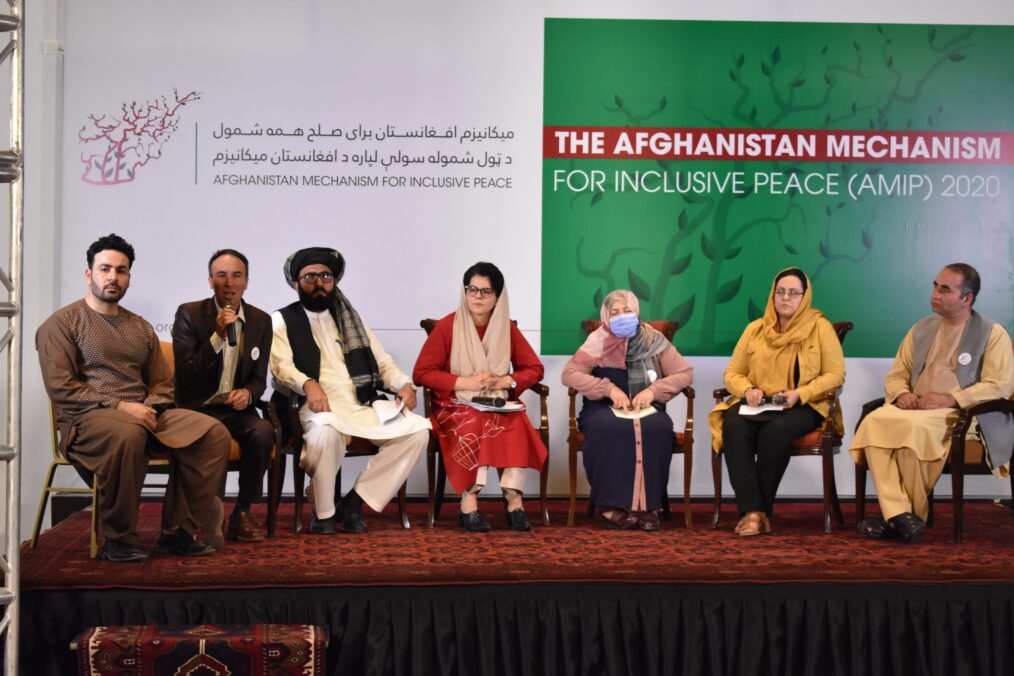Women’s activities and levels of involvement in non-traditional military organizations are diverse. Because of that, it is important to approach case studies for a better understanding of the connection between women’s personal experiences, their inner environments and their work in such organizations. In this article, Kurdish and Chechen women involved in separatism will be explored, along with the sociological, historical and ideological background of the groups they joined.
Separatist Kurdish women
Starting with the formerly Kurdistan Workers’ Party/PKK (now Kurdistan People’s Congress/Kongra-Gel), considered by some states and organizations as a terrorist, it is important to notice that Kurdish women are an essential part of its advancement in Turkey. This is evident with a participation rate of 40-50% of the whole organization.
Embedded in a paternalistic and restricted society, many Kurdish women felt the grievances of not being allowed to pursue education and secure employment. Women would have to silence their memories in fear of retaliation. Additionally, many were forced to marry when teenagers and experienced abuses and honour killings, throughout the 70s. This is similarly present in the modern day. The politicisation of women started to grow, however, when the conflict intensified in the 90s, when Ankara was destroying Kurdish villages, and when Kurdish people were killed or disappeared.
Therefore, women’s condition and their desire to escape it, following liberation beliefs, maybe the strongest factor for them to join the PKK. This may be done voluntarily the majority of times (according to ex-PKK terrorists that decided to give interviews). But different factors might also be relevant to other women, such as trauma, and/or revenge, for instance. The group’s message evoked justice, gender equality and freedom, to deter the male-dominated sphere and power in their inner circles and in the Turkish state. As a result, women perceived themselves as leaders, receiving political and military training. Subsequently, they observed the prohibition of domestic and sexual violence, conducting their own military units, between other implementations.
Those advancements came with some debates from men. They did not recognize women with enough strength for combat or as a figure of authority from the start. Women were seen to have constantly argued with them, did not obey their orders, and challenged their roles. The consequences of this reaction went from women being put in auxiliary activities to constantly trying to prove their value in harsh duties. This included volunteering for suicide bombings – until the implementation of penalties by the PKK’s board destined to men that disrespected women’s positions or instructions.
After this episode, a new code of conduct was established, reaching the Kurdish society. This is where Kurdish men could be separated from their wives if there was any denunciation of husband abuse to the PKK.
Another characteristic involving women is that sexual relationships are not allowed inside the organization. The death penalty was utilized as a means of punishment in the past (actually banned) amongst jail sentences, disconnection from the group, or denials of leadership positions all as forms of punishments. If there are pregnancies, the newborn children are considered to belong to the group. As a result, they are separated from their parents, with only limited visits per year.
Separatist Chechen women
Although a dormant movement now, it is interesting to examine Chechen women that joined terrorist groups, with their participation rate in more than two-thirds of suicide bombings from 2000 until 2014. The origin of such an involvement relies on the Second Chechen War, where tactics by Islamist extremists started to be implemented. Consequently, one of them consisted of female suicide bombers, labelled as “Black Widows” by the media.
With a limitation to state how many groups were formed, it is not possible to detain a whole image of Chechen women’s participation. However, it is notable that the crisis was between the Russian army and semi-independent commanders from the separatists. Talking about the condition of women, some suffered honour killings, domestic violence and abductions. The ones that had opportunities to enter university and full-time jobs saw their hopes of securing them vanished by the two conflicts.
On the side of women’s reason for participation, the majority of them witnessed the brutalities of the Russian military. This included death, beating or mistreatment of relatives, and the destruction of their neighbourhoods. Against this background, Chechen women usually had a strong desire to be martyrs as the conduction of their entrance into such groups. This was largely in response to their own visions and their country’s fight to be independent of Russia. Furthermore, this was aided to have justice for them and their families.
There is also evidence that the recruitment was based on their friendship and familial ties. However, womens experienced changed their lifestyle once they joined those organizations. Mostly, they were in charge of traditional roles, such as cleaning, nursing or cooking. Furthermore, they wore the traditional Arab dress and hijab. When they took suicide missions, there was the protocol of only travelling with an older woman or designated chaperone.
Another difference from Kurdish women is that, if training existed for Chechen women, it was very short. This was due to the two weeks it took from leaving their homes and beginning to act. Their roles were also distinct, with Chechen women having traditional and subsidiary activities. However, the male-run command did not have a problem using women as suicide bombers, as it could also signify propaganda to attract more recruits.
Conclusion
The context of separatist Kurdish and Chechen women is different in terms of historical times and players. Nonetheless, the issue of women’s restrictive conditions in their societies and post-war settings are a trend in both. Although their organizations grew in ideological basis away from each other, they may reveal a large image of women’s situation, their needs, the observation of any conflict escalation in the following years, and the initial de-radicalisation strategies that have to emerge.






